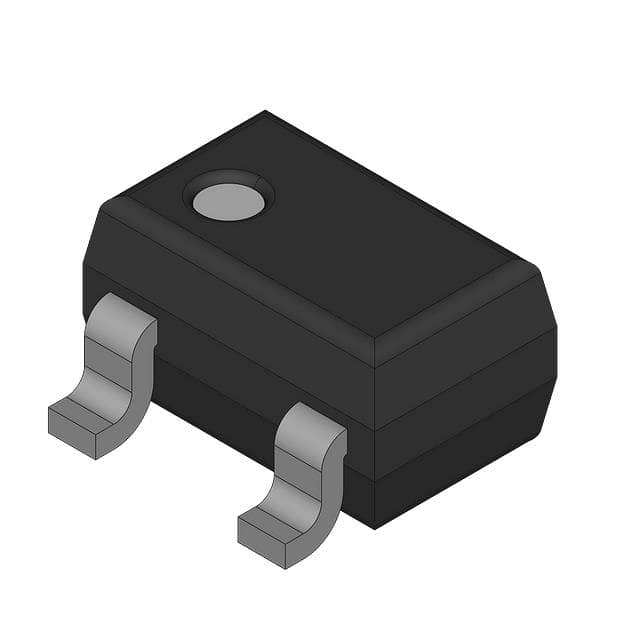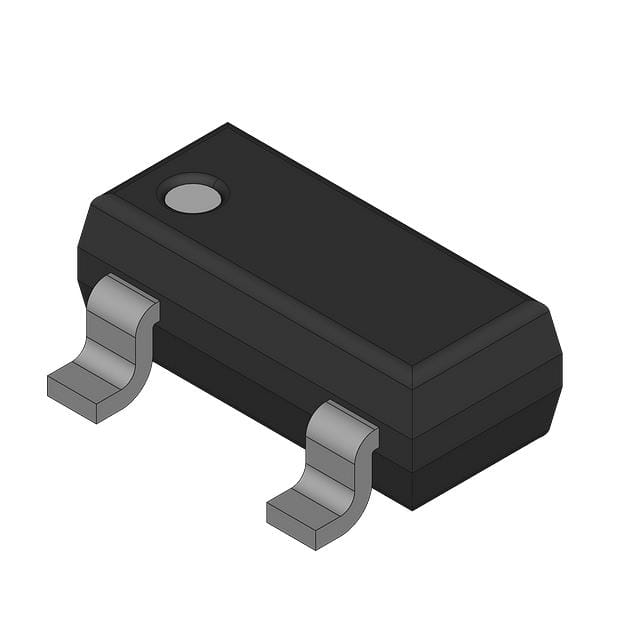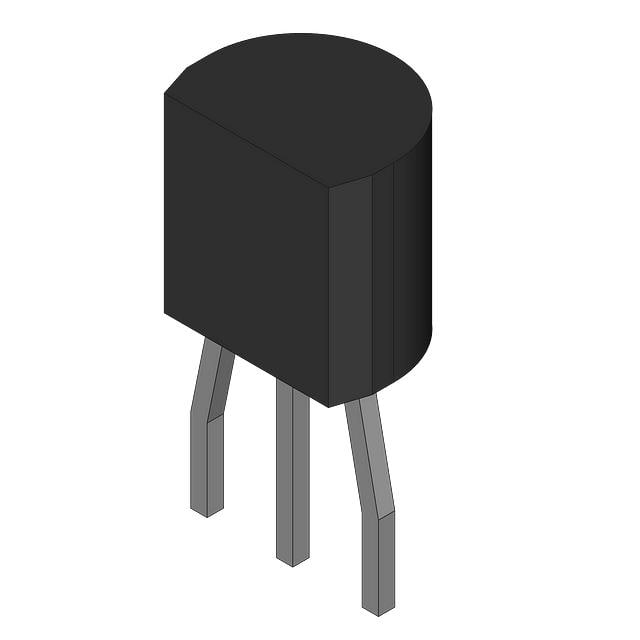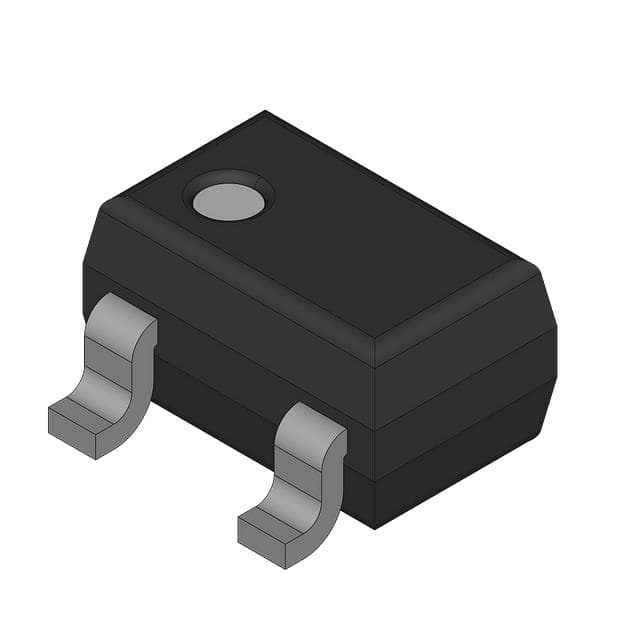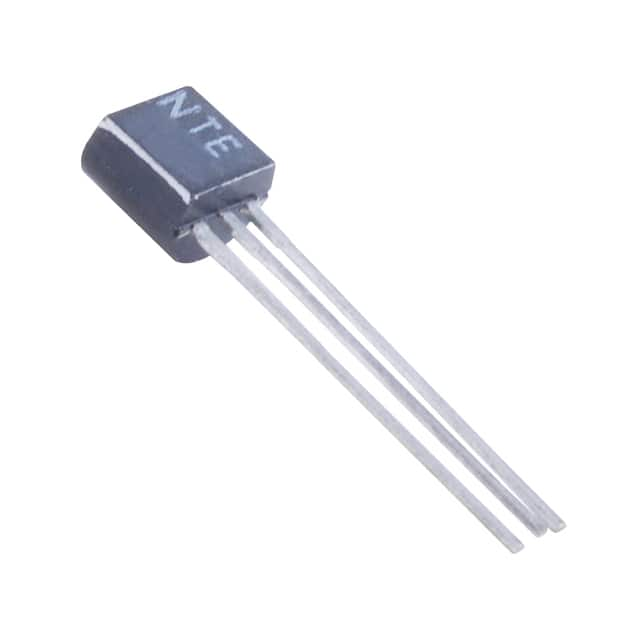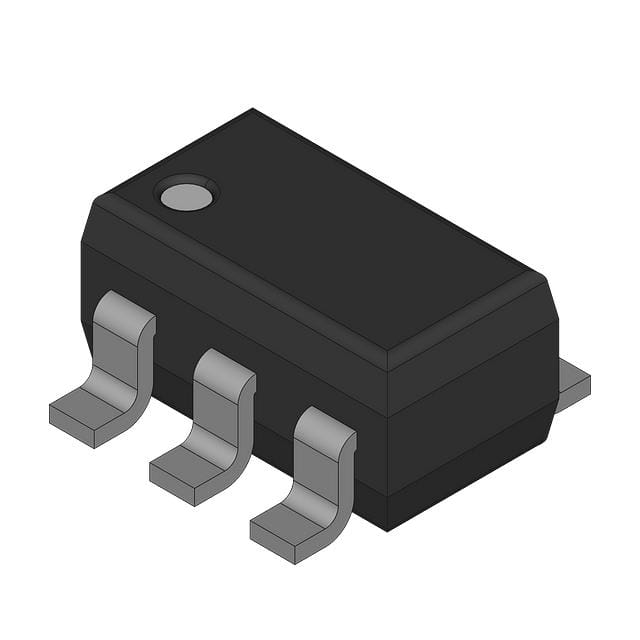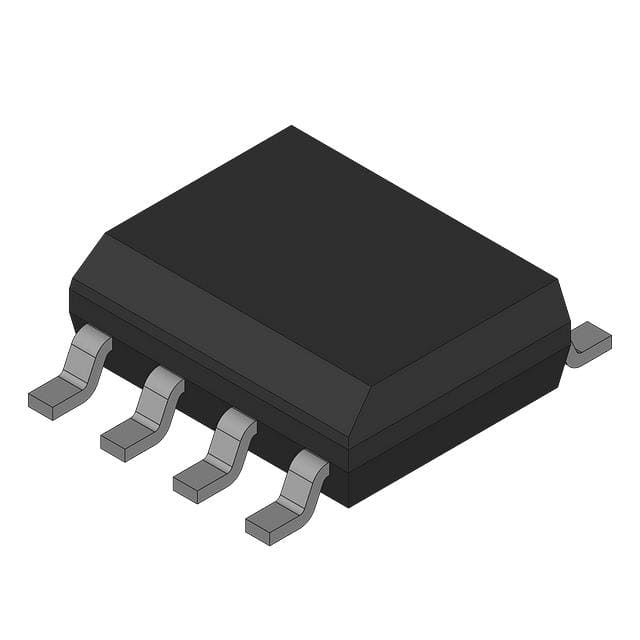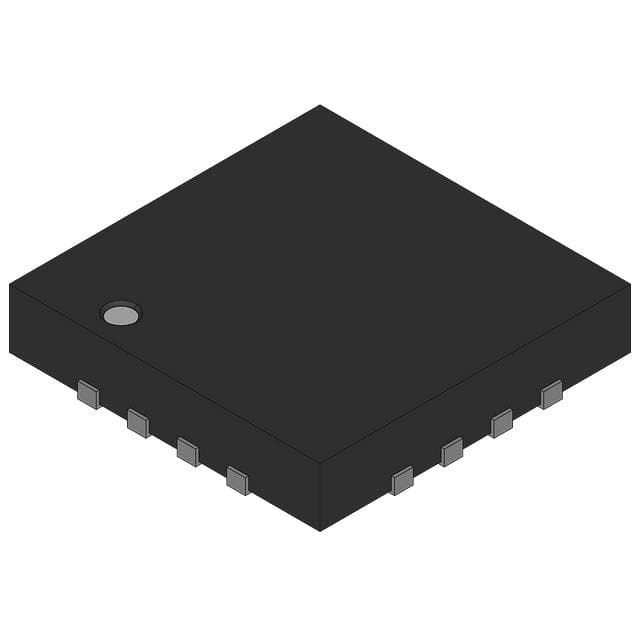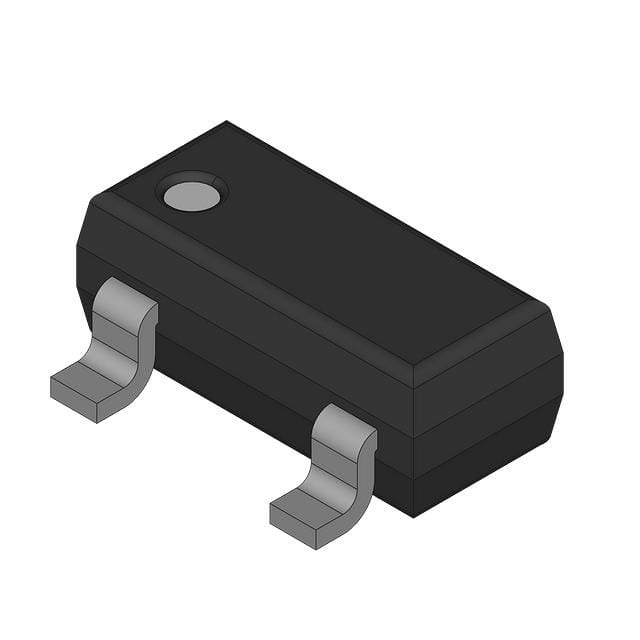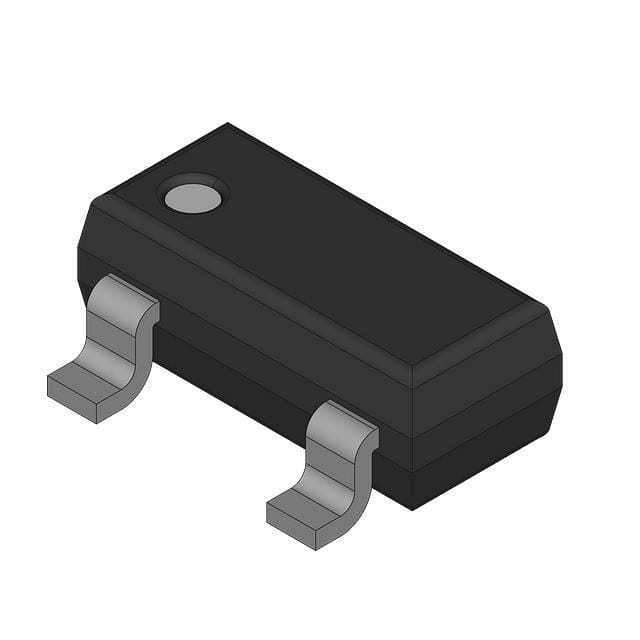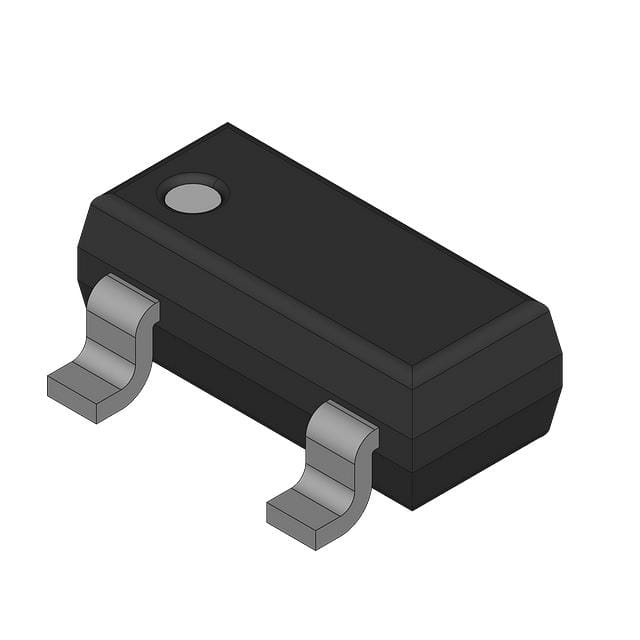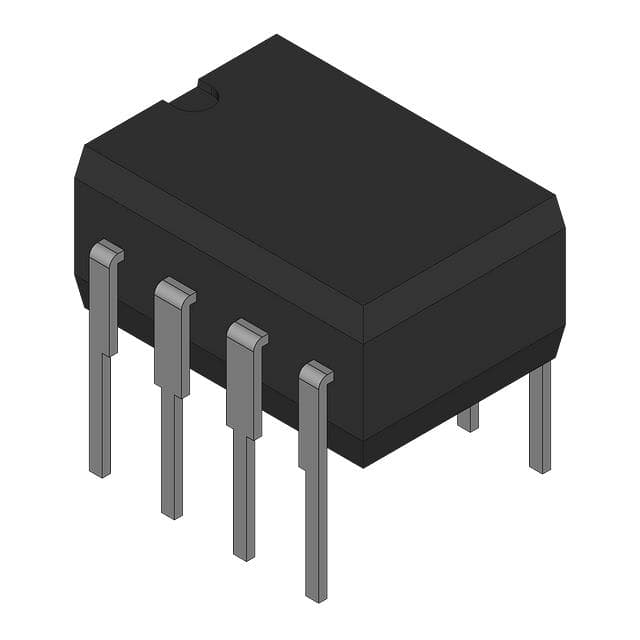LM4040CEX3-5.0 Product Introduction:
Maxim Integrated Part Number LM4040CEX3-5.0(PMIC - Voltage Reference), developed and manufactured by Maxim Integrated, distributed globally by Jinftry. We distribute various electronic components from world-renowned brands and provide one-stop services, making us a trusted global electronic component distributor.
LM4040CEX3-5.0 is one of the part numbers distributed by Jinftry, and you can learn about its specifications/configurations, package/case, Datasheet, and other information here. Electronic components are affected by supply and demand, and prices fluctuate frequently. If you have a demand, please do not hesitate to send us an RFQ or email us immediately sales@jinftry.com Please inquire about the real-time unit price, Data Code, Lead time, payment terms, and any other information you would like to know. We will do our best to provide you with a quotation and reply as soon as possible.
Introducing the Maxim Integrated LM4040CEX3-5.0, a high-precision voltage reference that is designed to meet the demanding requirements of various applications. This voltage reference offers exceptional accuracy and stability, making it an ideal choice for a wide range of electronic devices.
One of the key features of the LM4040CEX3-5.0 is its low dropout voltage, which ensures reliable performance even in low-power applications. With a dropout voltage as low as 60mV, this voltage reference minimizes power dissipation and extends battery life.
Another notable feature of the LM4040CEX3-5.0 is its excellent temperature stability. It maintains a maximum temperature coefficient of 100ppm/°C, ensuring consistent performance across a wide temperature range. This makes it suitable for applications that require precise voltage references in harsh environments.
The LM4040CEX3-5.0 is available in a small SOT-23 package, making it easy to integrate into space-constrained designs. Its low quiescent current of 60µA further enhances its suitability for portable and battery-powered devices.
This voltage reference finds applications in various fields, including industrial automation, medical devices, consumer electronics, and automotive systems. It can be used in precision analog-to-digital converters, voltage regulators, data acquisition systems, and many other applications that require accurate and stable voltage references.
In summary, the Maxim Integrated LM4040CEX3-5.0 is a high-precision voltage reference that offers exceptional accuracy, stability, and low dropout voltage. Its small package and low quiescent current make it an excellent choice for a wide range of applications in different industries.
Voltage Reference is an electronic component or circuit that provides accurate and stable voltage output. It is the standard used to establish the reference voltage in many electronic systems. The voltage reference can be a standalone integrated circuit (IC) or it can be a component included in a larger system. The output voltage of the voltage reference is usually very stable and is not affected by factors such as temperature changes, power supply voltage fluctuations, etc., which makes it an indispensable component in electronic design.
Application
Voltage Reference has a wide range of applications, covering almost all electronic devices and systems that require high-precision voltage reference. In the field of industrial automation, voltage reference is used in precision measuring instruments and sensor signal processing in process control systems to ensure the accuracy of measurement data and the stability of control processes. In the field of communication, as a reference voltage source for key components such as clock generator and signal modulator, it is very important to ensure the quality of communication. In the field of consumer electronics, with the popularity of smart devices, the demand for power management is increasing, and voltage reference plays an important role in battery management systems and charge control. In addition, in the field of medical electronics, aerospace, scientific research and other high-precision requirements.
FAQ about PMIC - Voltage Reference
-
1. What is a CMOS voltage reference?
CMOS voltage reference refers to a voltage standard used for digital circuit transmission. Its output voltage is lower than VSS+0.5V (VSS is digital ground) as logic 0, the output high level is about 0.9Vcc, and the output low level is about 0.1Vcc. The input voltage of the CMOS circuit is high when it is close to the power supply voltage and low when it is close to 0V. It has a wide noise margin and high input impedance.
-
2. What is the reference voltage of the ADC?
The reference voltage of the ADC can be the MCU power supply voltage or the stable voltage provided inside the chip.
When the MCU power supply voltage is used as the reference voltage, the reference voltage of the ADC module is the MCU power supply voltage. For example, if the MCU power supply voltage is 5V, then the reference voltage of the ADC is 5V; if the power supply voltage is 3.3V, then the reference voltage of the ADC is 3.3V12. The advantage of this method is that it is simple and easy to implement, but the disadvantage is that the stability of the power supply voltage will affect the measurement accuracy of the ADC. If the power supply voltage is unstable, the reference voltage of the ADC will also change, resulting in inaccurate measurement results.
-
3. What is a voltage reference IC?
A voltage reference IC is an integrated circuit used to provide a stable voltage reference point. It is widely used in various electronic circuits to ensure the normal operation of other circuits. Voltage reference ICs are key components for high-precision data acquisition and processing, and are often used in measuring instruments, control systems and other fields.
The working principle of a voltage reference IC is to convert a DC power supply or battery-powered AC power into a low-voltage differential voltage signal output by reducing the voltage through a resistor, and then convert it into a digital quantity by an analog-to-digital conversion circuit. Such devices play an important role in various measuring instruments, meters and control systems.
 Lead free / RoHS Compliant
Lead free / RoHS Compliant



